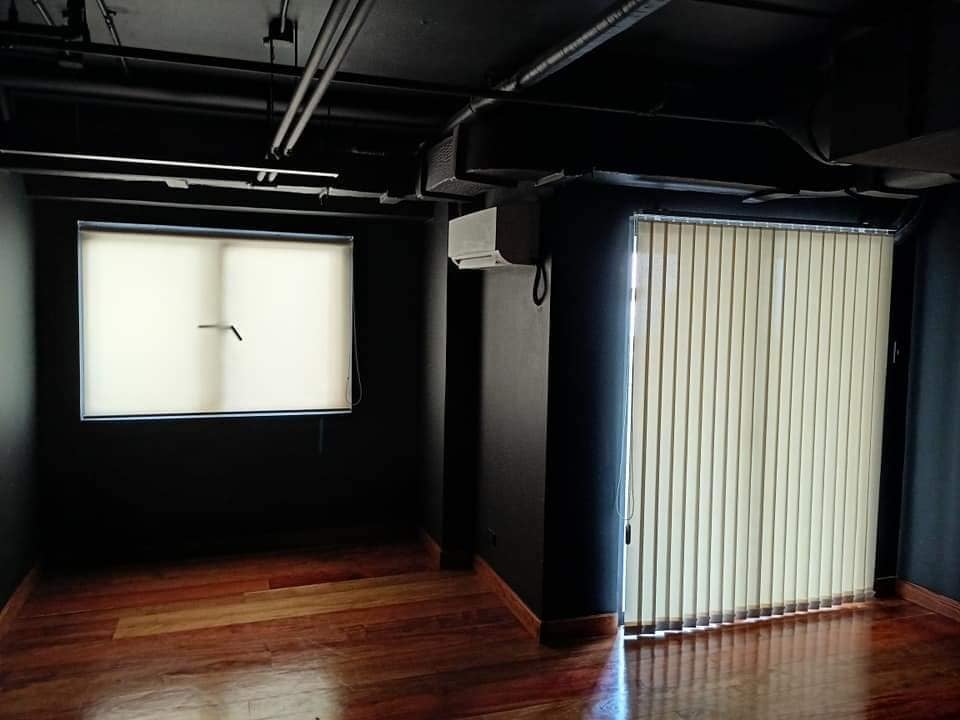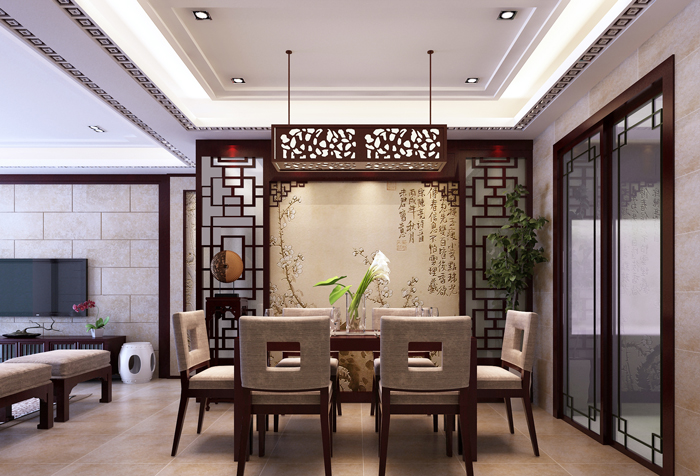When it comes to home design, flooring plays a crucial role in setting the tone and style of your living spaces. In the Philippines, where homes often blend traditional and modern elements, combining different flooring types can create a unique and dynamic aesthetic. Mixing and matching flooring materials can enhance the functionality of your home while adding visual interest. Here, we’ll explore the art of combining different flooring types and offer tips for creating seamless transitions between them.
Why Combine Different Flooring Types?
Combining different flooring types in your home offers several advantages:
- Functional Zoning: Different rooms and areas in your home serve various purposes. For example, the kitchen and bathroom require flooring that can withstand moisture, while the living room and bedrooms benefit from more comfortable and aesthetic options. Mixing flooring materials allows you to choose the best type for each space, enhancing both functionality and comfort.
- Visual Interest: Using a single flooring type throughout your home can sometimes make the space feel monotonous. By mixing materials, you can create a more dynamic and visually appealing environment. Different textures, colors, and patterns can add depth and character to your interiors.
- Cost Efficiency: High-quality flooring materials can be expensive. By combining different types, you can allocate your budget more effectively. For instance, you might choose luxurious hardwood for the living room and more affordable laminate for the bedrooms.
- Personalized Style: Mixing flooring types allows you to express your personal style and creativity. Whether you prefer a contemporary look or a more rustic feel, you can achieve the desired aesthetic by selecting complementary flooring materials.
Tips for Mixing and Matching Flooring Types
Successfully combining different flooring types requires careful planning and a keen eye for design. Here are some tips to help you create harmonious transitions and a cohesive look:
1. Plan the Layout
Before selecting flooring materials, consider the layout of your home. Identify areas where transitions will occur, such as doorways, hallways, and open-plan spaces. Planning the layout will help you visualize how different flooring types will interact and ensure a smooth flow from one area to another.
2. Choose Complementary Materials
When mixing flooring types, it’s essential to choose materials that complement each other in terms of color, texture, and style. For example, if you have dark hardwood flooring in the living room, consider using a lighter-toned tile or laminate in the adjacent kitchen. Complementary materials create a cohesive look and prevent jarring contrasts.
3. Use Transition Strips
Transition strips are a practical and stylish solution for bridging the gap between different flooring types. These strips come in various materials, such as wood, metal, and rubber, and can be used to create a smooth transition between rooms. They also help protect the edges of your flooring and provide a polished finish.
4. Consider the Flow of Light
Lighting can significantly impact how different flooring materials look in your home. Consider how natural and artificial light flows through your space when selecting flooring types. Lighter materials can make a room feel more open and airy, while darker materials add warmth and coziness. Ensure that the transitions between flooring types enhance the overall lighting effect.
5. Create Visual Boundaries
In open-plan spaces, different flooring types can be used to create visual boundaries between areas. For example, you can use tiles to define the kitchen area and hardwood for the living and dining areas. This technique helps delineate spaces without the need for walls or partitions, maintaining an open and spacious feel.
6. Balance Patterns and Textures
Mixing flooring types with different patterns and textures can add visual interest, but it’s essential to maintain balance. Avoid using too many contrasting patterns, as this can create a chaotic look. Instead, choose one or two dominant patterns and complement them with more subtle textures. For instance, a patterned tile in the foyer can be balanced with a smooth, neutral-toned laminate in the adjacent hallway.
7. Think About Maintenance
Different flooring materials have varying maintenance requirements. Consider the upkeep needed for each type of flooring and choose materials that fit your lifestyle. For instance, high-traffic areas like the kitchen and entryway might benefit from durable and easy-to-clean tiles, while the bedroom can have more delicate and cozy carpeting.
Popular Flooring Combinations in Philippine Homes
Here are some popular flooring combinations that work well in Philippine homes:
1. Hardwood and Tile
Combining hardwood and tile is a classic choice that offers both beauty and practicality. Use hardwood in living areas and bedrooms for warmth and elegance, and opt for tile in the kitchen and bathrooms for durability and moisture resistance. Transition strips in a matching wood finish can seamlessly connect these materials.
2. Laminate and Carpet
Laminate flooring is an affordable and versatile option that mimics the look of hardwood. Pair it with carpet in bedrooms and living areas for added comfort and coziness. This combination works well in homes with young children or pets, as carpet provides a soft surface for play while laminate is easy to clean.
3. Vinyl and Tile
Vinyl flooring is known for its durability and water resistance, making it ideal for kitchens and bathrooms. Combine it with stylish tiles to create a modern and functional space. Vinyl planks that mimic the look of wood can also be used in living areas to create a cohesive flow.
4. Concrete and Wood
In contemporary homes, concrete flooring is becoming increasingly popular for its industrial chic appeal. Pair it with wood flooring in areas like the living room and bedrooms to soften the look and add warmth. This combination works well in loft-style apartments and modern homes.
Conclusion
Mixing and matching flooring types in your home is an art that requires careful planning and a keen eye for design. By combining different materials, you can create a functional, stylish, and personalized living space that reflects your unique taste. For homeowners in the Philippines looking to explore this design approach, GW Construction is a trusted partner in achieving stunning results.
Visit GW Construction’s Facebook page for inspiration and to learn more about their services. With their expertise in interior design and renovation, you can confidently embark on your journey to create a beautiful and cohesive home with mixed flooring types.



